Butch Walker's 13 essential tips for recording guitars
"There's no rules" – Green Day, Weezer, Fall Out Boy, Taylor Swift producer and solo artist shares his studio knowledge
Butch Walker is a very rare animal in the musical world; a multi-instrumentalist with his own expansive discography of solo albums and a production plus co-writing resume that includes some of the biggest pop stars in the world right now and a host of rock names. He's unique, and he knows a lot of about getting results with musicians – especially when tracking guitars.
“First of all, there’s really no rules for recording guitars: whatever sounds good," Butch tells us as we meet ahead of his tutorial on the impressively space-themed Universal Audio stand (where the company revealed its LUNA recording system) at this year's Winter NAMM show.
So he's no purist and brings a musician mindset to serve the song in his work ethic and it's attracted a diverse range of clients from Taylor Swift to Fallout Boy, Panic! At The Disco, Weezer, Katy Perry, Brian Fallon, Avril Lavigne, Frank Turner, All Time Low, The Bronx, Sevendust and most recently, Green Day's new album, Father of All Motherfuckers.
All those albums feature a huge array of different guitar sounds and approaches and although, as the man says, there's no rules, Butch has held true to methods and trusted gear choices that get results in his career so far. And he's kindly agreed to share them.
1. keep the signal simple
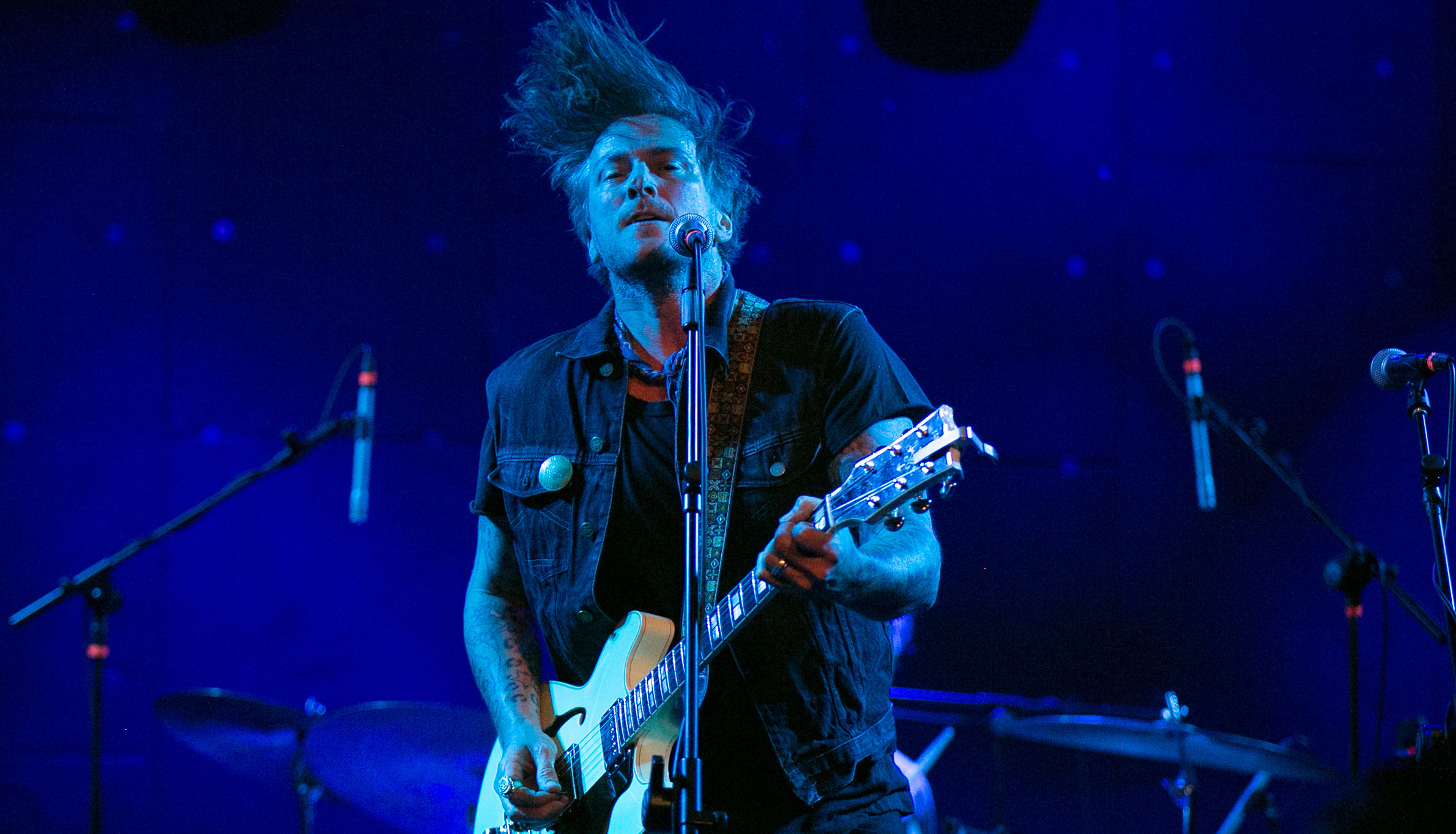
“I’ll start with a [Shure SM-]57, or even an Audix I5 - which is basically like a 57 - and then sometimes I’ll add in a ribbon, or a large diaphragm condenser. Even just a Rode NT2 will do something similar to what a U87 will do. They handle high SPLs which is good. That’s if I’m doing big guitars, but even if I’m just recording a Fender Princeton or something, I’m not that picky about it. A 57 does the job, or a ribbon mic.”
"The OX is pretty incredible and it’s hard to convince people that it’s not an amp"
“Lately I’ve been really getting into using the OX by Universal Audio. This is not a shameless plug, it’s actually just been my go-to guitar sound for all of my heads. It’s a load box first and foremost, but it’s also a cabinet simulator, so you can plug any of your combos or amp heads into it then select whatever speakers, mics, room sounds - there’s UA effects in it too.”
“It’s pretty incredible and it’s hard to convince people that it’s not an amp. People think it’s an amp [sound] and if they don’t ask then I don’t tell! I have a lot of control with it, and I’ve got to say, in the last year I’ve used it probably 85 percent of the time in the studio as opposed to micing up a cabinet.
Want all the hottest music and gear news, reviews, deals, features and more, direct to your inbox? Sign up here.

“But I do have two 2x12” cabinets in an iso box that Todd [Stopera], who engineers for me built. There’s one with two Vintage 30s in it, and then another with two Silverbell AC30 speakers from 1967. I’ve got both of those mic’d up inside, then we can just patch our amps accordingly, or I’ll go through the OX.”
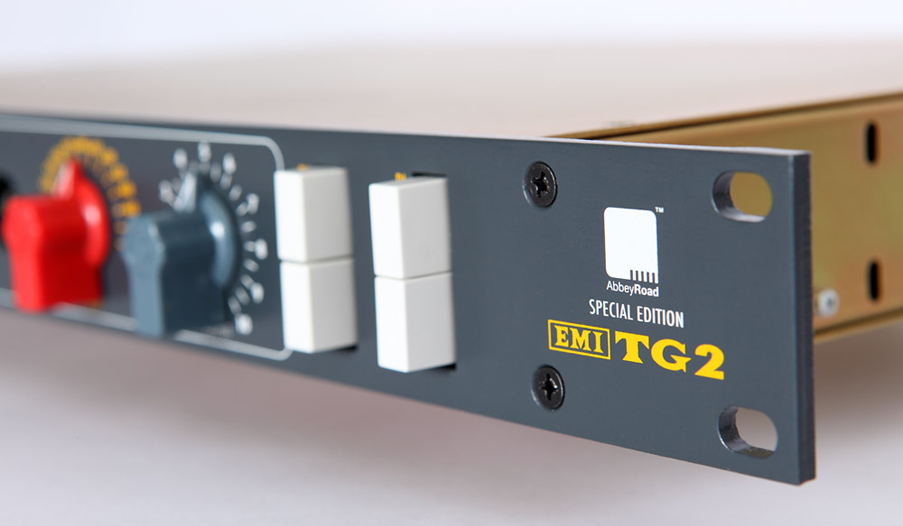
“Then coming out of that as far as mic preamps, I’m a really big fan of the Chandler stuff. The Chandler TG2 is probably one of my favourite not-so-secret weapons for recording guitar. They have an ohm selector, you can run a DI straight into it and they sound amazing, and there’s a preamp gain and a master trim, so you can really get the harmonic distortion that you want. I find those to be great on rock guitars.
"They have this midrange to them that sounds amazing. Then I have my board, which is a 1972 Quad Eight which was an old console that was famously at Village Recorder in Santa Monica. About a mile from where it was first installed is where it’s now (at my studio). It was the board on the back of Countdown To Ecstasy by Steely Dan, they used it to record that record and countless others. The preamps on that sound amazing too.”
2. The Neve channel strip is your friend

“I hardly compress the guitars at all on the way in, but after the guitars get recorded into whatever DAW - let’s say it’s Pro Tools - I have a couple of things I like to put on them afterwards, plug-in wise. First is the Neve 1073 channel strip that Universal Audio makes. I’ll place that first on the channel insert and crank up the preamp gain to get more harmonic distortion, then trim back the fader.
"Then I’ll use the EQ and highpass to roll off at about 80hZ to get rid of any rumble, clear up the mud - all of those catchphrases that we use! The magic knob on [the Neve] for guitars is the midrange, 1-2kHZ. I’ll goose that to accentuate the mids and then maybe add the 10kHz fixed EQ at the top end to brighten it up if I need to.
"But those to me are the sound of rock and roll guitars, the Neve channel strips, and I use the plug-in version which sounds great. [I use it] in line mode, and it distorts really nice. I love harmonic distortion in analogue gear, and they’ve emulated it pretty well with that stuff. So it’s a combination of front end, real analogue stuff gaining it up and then doing it after the guitars are recorded.”
3. Get the placement right
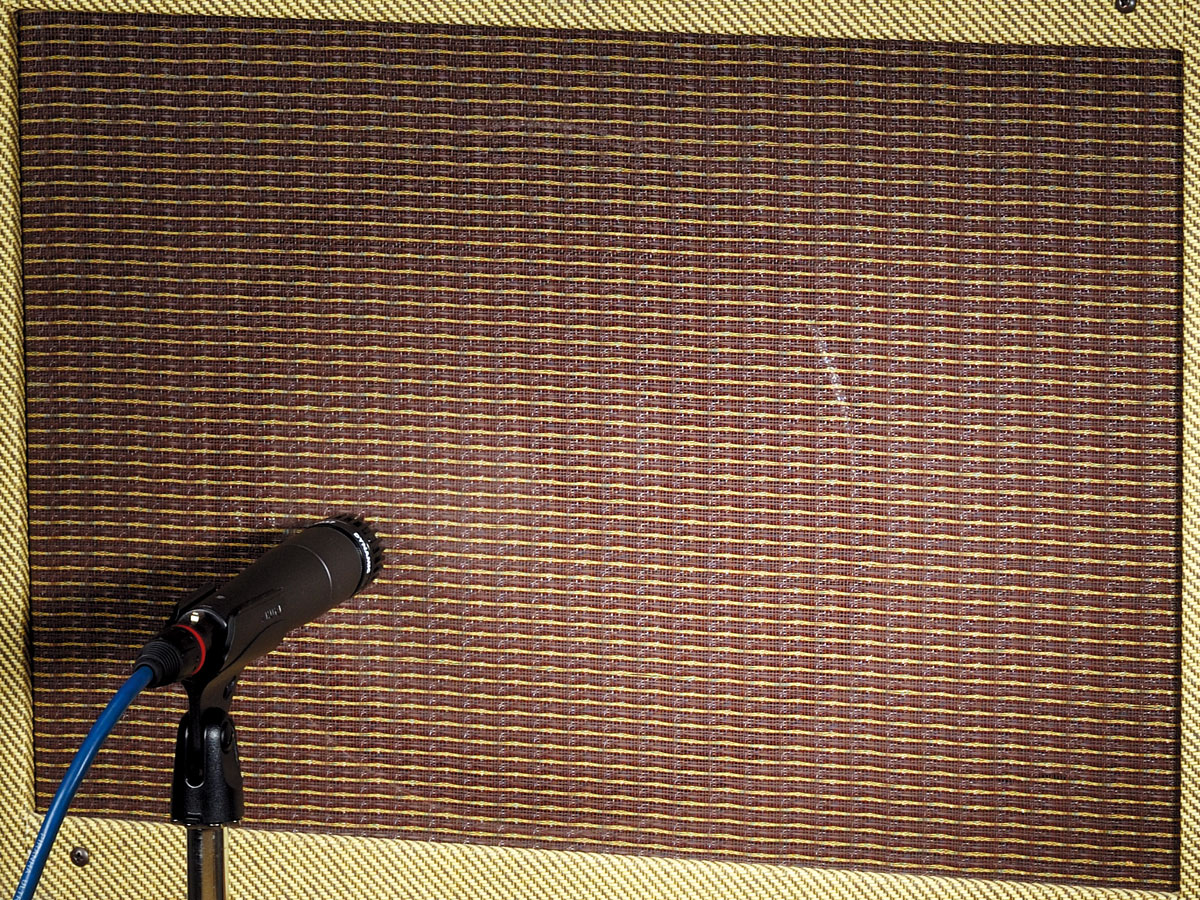
“My go-to starting point is usually just right off the centre of the speaker diaphragm. I’ll go right where the outline of the diaphragm so it’s equidistant between the centre of the diaphragm and the edge of the cone. That’s usually a good starting point, sometimes it’s a little too harsh if you’re right in the middle, but just like anything you can EQ the guitar just by moving the mic around. A lot of people swear by that.
Just like anything you can EQ the guitar just by moving the mic around
"Eric Valentine, who is a good friend of mine, he’s mixed records for me and he’s an incredible psycho-wizard studio unicorn! He’s got robots with mics on them that move around. It’s insane! He’ll put them six feet back from the cabinet to get more room sound and things like that. I’ll do that too, but that’s one of the things with the OX.
"You can make the mics off-centre in the software, high-pass/low-pass them, you can choose the type of microphone, add in room mics. Being that we have everything in quite a small room, there’s not a lot of room for movement! So I usually set it and forget it in there.
"In the OX I use the same setup that I would use in the room: either a Royer R121 or a Beyer M160 mic emulation for the midrange, along with a U87 for the high and low end. We usually put them side by side, sometimes I’ll put them off-axis to get a mellower tone. But with the iso box we’ll do the same thing [with real mics]. We’ll have the large diaphragm condenser and a dynamic side by side right next to each other so that the phase correlation is good.”
4. Don't get phased

“For checking phase, it’s pretty simple: you get the mics as close to the same distance as you can. But you might want to be using a close mic and a far mic, and that’s as simple as flipping the phase.
"I always try to get it to where, when you flip the phase [on one of the mics] the sound almost goes away. That’s when it’s as close as in-phase as you can get it once you pop the phase back in. I’m not a technical wizard, but I just know that’s when I get the fattest guitar sound out of a multi-mic setup.”
5. Plug-ins, baby!
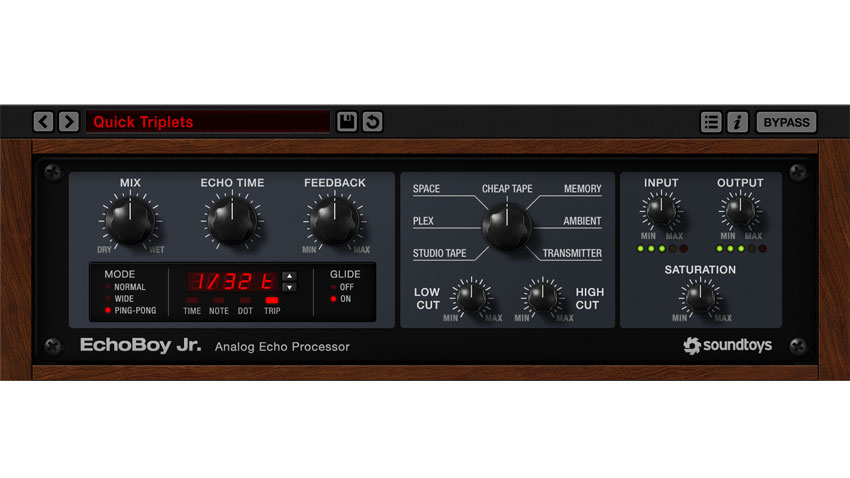
“I find myself using software emulations more and more than external hardware, because this day and age everyone is moving so fast and wanting more changes and recalls and stuff.
You don’t have time to patch in an old Echoplex reverb and get the sound back
"You don’t have time to patch in an old Echoplex reverb and get the sound back, it’s just a fucking nightmare! So I love the emulations, especially the UA ones. UA and Soundtoys are my go-to.
"I use the Soundtoys Echoboy (Echoplex emulation), and their Decapitator for more grit on guitars a lot. The UA stuff I use their tape echo - the Galaxy Tape Echo is great. If I want to get a really awesome plate reverb I’ll throw the UA EMT 250 or 140 on there.
"I like to make it sound good, and I like to make it easy where if I have to pull it back up then I don’t have to fight to get it back to where it was the first time.”
6. Get ready to (remove) rumble
“I [use filters] quite a lot. With guitars I have a history of doing bigger rock guitar sounds on a lot of records. That’s something where you don’t have to dump a whole lot [of frequencies] out because that’s the meat of the sound in the whole mix. But if I’m high-passing it’s usually anywhere from about 100 to 80 hZ and below, just because I don’t want any weird rumble in the track that you can’t hear but you can feel.
"It feels weird when you’re listening back and there’s some muckiness that you can’t get rid of. Then the top can be anywhere from 10khZ, or sometimes I’ll roll it all the way down to 5kHZ if I need it to not get in the way of sharper instruments like keyboards or vocals. Or if I’m going for an effect - like that AM radio effect is just shrinking it down to just the middle. But that’s sort of my window for guitars.”
7. When two is better than four

“People get bummed at me a lot of times because I’m not a big fan of stacking. I did it back in the day, years ago in the 90s it was a big thing to double and quadruple your guitar parts. I think people go in phases of how they do it. Like four guitars doing the same thing and panned in stereo.
Even doing the new Green Day record, Billie was used to quadrupling guitars, but I’ve noticed that a lot of mixers will get the four tracks and only use two of them in the mix. If they’re placed right, EQ’d right and set right in the mix, they can sound as big or bigger.
Even doing the new Green Day record, Billie was used to quadrupling guitars, but I’ve noticed that a lot of mixers will get the four tracks and only use two of them in the mix
"I don’t like losing the articulation and a lot of the dynamics that come from one big guitar sound. Sometimes if I want the line to be big and prominent - especially if it’s a melodic line - and as far as heavier rock stuff I’ll almost always double it. But quadrupling is a rarity unless the artist is convincing me to do it.
"I know it’s a cliche, but I just love the way a Stones record sounds where you’ve got Ron on one side and Keef on the other playing two different parts, working off each other. That creates a big sound on its own because you’ve got syncopation and a push and a pull happening. Plus you’re leaving room for other instruments to poke out of the mix if you do that. It’s hard to make a drum sound big and present with big walls of guitars, it can be done but it’s not my forte!
"It used to be that for the double we’d use a new amp, new guitar, different cab, everything. Maybe I’ve just gotten lazy over the years, but usually for doubles I stick to most the same formula as the first track. Sometimes you can tell that it’s cancelling itself out and sounding small, then we’ll throw a different guitar or amp on.”
8. Acoustic is the strum of its parts

“It’s a constant learning experience for me, and a constant source of frustration too! I’ll listen to a record and go ‘Fuck, that’s a great acoustic sound! How did you get that?’ and then it’s a 57 on a 100 dollar guitar. But then you have other people with stereo room mics and stereo 67s, $40,000 worth of microphones on one guitar!
"There’s no rules, again, but one thing I always try to go for is a great guitar, a great player and the right choice of picking. I’ve found that a pick can ruin everything on an acoustic guitar and make it really muddy if it’s the wrong pick. They might be playing too far over the hole or too far back, it’s a drastic tonal change on an acoustic guitar depending on how you hold it, play it, swivel it, pick it, strum it…
But a lot of people will say the same thing: you don’t put the mic right over the soundhole. Cardinal sin! It’s all woof and air and you have proximity effect then you have to filter it out. So, a lot of times where the neck and the heel meet the body of the guitar, I’ll put the mic there, anywhere from 3 inches to a foot-and-a-half back depending on the sound I’m looking for.
My favourite thing to do is to double-up with a different guitar acoustically that’s in a different tuning or with a capo or in Nashville tuning and do a counterpart to it
"These days I’ll usually use one of my favourite mics by a Russian company called Soyuz. They make this small-diaphragm condenser mic called the O11 and they also have the 013. I’ve yet to find a better acoustic sound than it, personally. It’s sort of like a KM84, a pencil condenser. Sometimes I’ll use my Chandler Red47 which is like a U47 with a built-in TG Red mic pre.
“But like I said, [the mic placement is] just around where the neck heel is, and I can get a pretty good full-bodied acoustic sound dialled in right then and there. Rarely do I add a second mic. Sometimes I’ll use a room mic as a second mic if I want to make it sound like it’s distant for some reason. But usually I find I can do it with one mic.
"Then as far as doubling an acoustic part, same thing. Sometimes it sounds incredible just using the same setup and doubling and panning it. I’ll always pan them because two guitars up the middle playing the same part just sounds like there’s no definition and articulation.
"My favourite thing to do [with acoustic] is to double-up with a different guitar acoustically that’s in a different tuning or with a capo or in Nashville tuning and do a counterpart to it. They end up doing this choral thing where you’re like ‘What is that instrument?’. So that’s fun too.”
9. Tame the dynamics
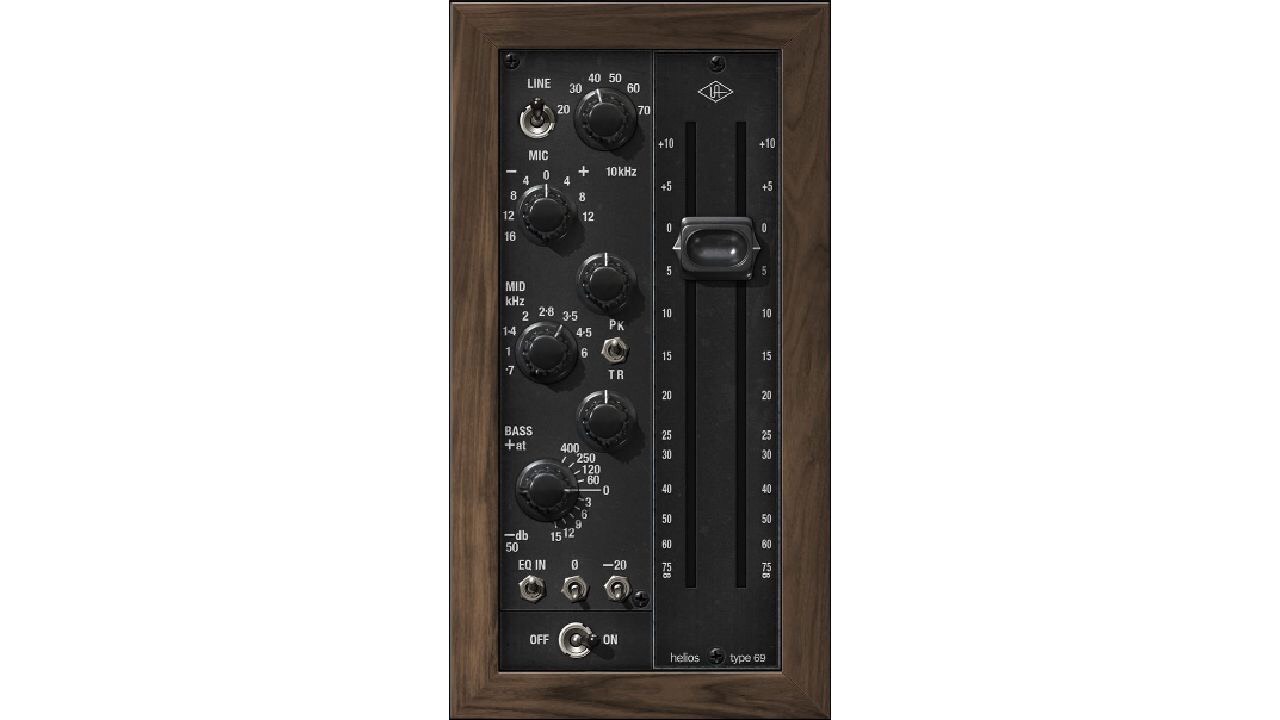
“I’ll compress and EQ the acoustic guitars going in. I don’t go overboard with it, because I know I’m going to add more later. But usually to get the mud out, or if I need some more sparkle on the top or in the midrange or whatever.
"I’ll get surgical with it sometimes, but for the most part it’s just having a good mic, good guitar, good hands and a good mic pre, then the rest is making sure it’s the right choice for the song.
"I love using the UA LA2 - I’ll use the brown one or the grey one, they both sound great. And I have that set up in my template along with either a Helios 69 or a Neve 1073 channel strip for EQ and preamp gain. I love the slow release of the LA2 on acoustics, and it doesn’t seem to make it go too crazy pumping, I don’t necessarily want that effect on acoustics too much.”
10. Choose good ingredients
“There was a record that I did for a band years ago that kind of flies under the radar now, but it was one of the first records I got to do on a major label. It was for a hard rock band called Injected. They were out of Atlanta which is where I’m from.
"That record, still to this day when I put it on the guitar sounds are monstrous for hard rock. I’d get people calling me asking me what I did to the guitars on that record.
"I remember Reinhold Bogner freaking out about the sounds on that record. I was like ‘That’s your amp that i’m using, for one!’ because I used a Bogner on that record and he was tripping on that. But again, the two guys in that band were great players, great hands.
"That was the same setup, a great guitar into a great amp with a Royer R121 and maybe a Rode NT2, maybe through a Neve channel strip or a TG. I love listening to the guitars on that record, they’re so giant.”
11. Balance production and performance
“I’m so boring! I wish I could say that we swing mics from the rafters while we record…but fuck all that. I love interesting sounds and I find myself to be more of a tweaker afterwards. Getting a good performance is the most important thing.
"I can’t spend two hours messing with sounds when the players are ready to be creative and people are inspired to do the song. It’s gluttonous, and counterproductive. Because by the end of it they’re like ‘Ok, I don’t care about doing the song now. I don’t feel like playing music, I’m burned out because we spent seven hours on a kick drum sound’.
I can’t spend two hours messing with sounds when the players are ready to be creative
"I tend to have everything set up in my studio where it’s mic’d up so we can change things out accordingly. So we can change an amp out or change a cabinet out. But for the most part they can come in, start from there and then if they’re like ‘No, that’s not it’ then we can go from there.
"But I find it works quicker that way, then afterwards I like to get in ‘The pain cave’ as my friend calls it, and just dissect the song and start going crazy with cool effects and automation and panning and stuff like that. That’s where you can get some of the excitement into the production, but for the most part I’m pretty bare bones and old fashioned when it comes to the front end of recording.”
12. Modelling is great now – embrace it
“I would absolutely [recommend] modelling or the OX for sure. If you have an amp that you really love and you’re into your amplifiers and that means a lot to you then the OX hands down. As far as modellers, they’re so good now. I’ve used a Line 6 Helix on records left and right, and no-one has ever said ‘Is that not a real amp?’ Not once.
"I’ve used a Line 6 Helix on records left and right, and no-one has ever said ‘Is that not a real amp?’ Not once"
"So it’s a treasure trove for players this day and age. Coming up, it wasn’t so much. It was hard, when all we had was a Rockman! That was the only way we could avoid loud guitar amps mic’d up: plugging in a practice headphone amp that sounded like instant danger zone. It was awesome, but now you can get almost any guitar sound and it’s believable.
"It’s wonderful, I love that part of technology. I'm still romantic at heart and I still love plugging my amps in, but I’ve married that with modern technology with things like the OX. I’d say that’s a hands-down for anyone wanting to get guitar sounds in their bedroom: Helix, Kemper, OX with your own amp. Go for it, no-one’s ever going to turn their nose up at the sounds those things make.”
13. Don't overthink
“I think it depends on the song, the band, the approach to whatever you’re doing. Sometimes picking up the first guitar in the room and it’s a little out of tune and plays like shit but sounds really cool, and then ‘this person’ plays it and the way they play it really works in the track. I’m doing my hips like Keith Richards because that’s who I’m thinking of!
"But still, those records sounded great when the guitars were a little out and imperfect, but i don’t think that stuff matters as much to me. It only matters when it gets to the point where it’s making it impossible to sound good. Like ‘OK, I can’t do this guitar anymore. Everything else sounds out of tune because of this guitar. It’s the guilty culprit’.
"I don’t have time for it and I don’t care for it, I just want to pick up a guitar and record it. I’ll sometimes pick up a guitar and tune it real quick by ear then record it, then if it sounds wrong it’s like ‘Ok, tune it for real!’ But that stuff just gets in the way of the valuable time window you have of recording someone or yourself where there’s artistic juices flowing.”

I'm a freelance member of the MusicRadar team, specialising in drum news, interviews and reviews. I formerly edited Rhythm and Total Guitar here in the UK and have been playing drums for more than 25 years (my arms are very tired). When I'm not working on the site, I can be found on my electronic kit at home, or gigging and depping in function bands and the odd original project.